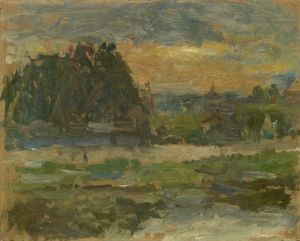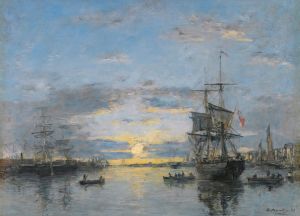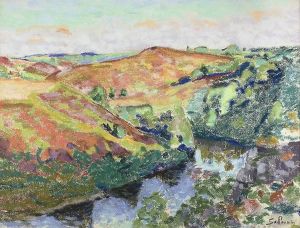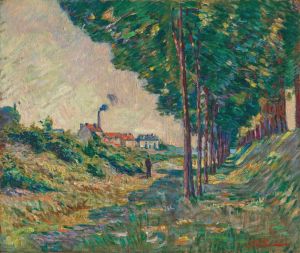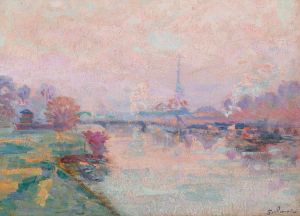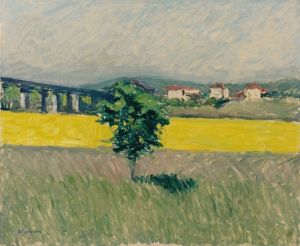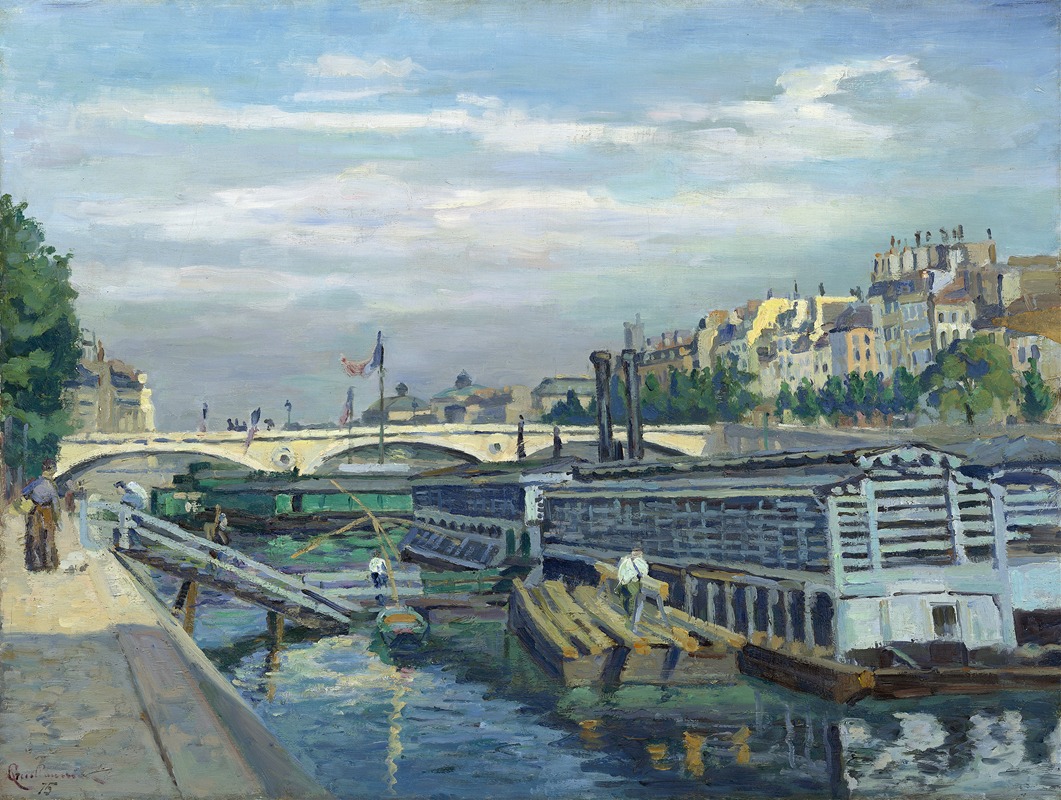
The Bridge of Louis Philippe
A hand-painted replica of Armand Guillaumin’s masterpiece The Bridge of Louis Philippe, meticulously crafted by professional artists to capture the true essence of the original. Each piece is created with museum-quality canvas and rare mineral pigments, carefully painted by experienced artists with delicate brushstrokes and rich, layered colors to perfectly recreate the texture of the original artwork. Unlike machine-printed reproductions, this hand-painted version brings the painting to life, infused with the artist’s emotions and skill in every stroke. Whether for personal collection or home decoration, it instantly elevates the artistic atmosphere of any space.
Armand Guillaumin, a notable French Impressionist painter, created "The Bridge of Louis Philippe" during a period when the Impressionist movement was gaining momentum in the late 19th century. Guillaumin was known for his vibrant use of color and his ability to capture the changing effects of light and atmosphere, characteristics that are evident in this particular work.
"The Bridge of Louis Philippe" depicts the Louis Philippe Bridge, a significant architectural structure in Paris, which spans the Seine River. This bridge, named after King Louis Philippe I, was originally constructed in the 1830s and has undergone several reconstructions over the years. Guillaumin's painting captures the essence of Parisian life and the bustling activity around the bridge, reflecting the dynamic urban environment of the time.
Guillaumin was associated with the Impressionist movement, which sought to break away from the rigid conventions of academic painting. Instead of focusing on historical or mythological subjects, Impressionists like Guillaumin turned their attention to contemporary life, landscapes, and scenes of everyday activity. They emphasized the effects of light and color, often painting en plein air, or outdoors, to capture the immediate impression of a scene.
In "The Bridge of Louis Philippe," Guillaumin employs a vivid palette and loose brushwork, techniques characteristic of the Impressionist style. The painting likely features the interplay of natural light on the water and the surrounding architecture, a hallmark of Guillaumin's work. His ability to convey the transient effects of light and atmosphere would have been central to the composition, inviting viewers to experience the scene as if they were present at that moment.
Guillaumin's contribution to the Impressionist movement is often overshadowed by more famous contemporaries like Claude Monet and Pierre-Auguste Renoir. However, his work remains significant for its bold use of color and its focus on the urban and rural landscapes of France. Guillaumin's paintings, including "The Bridge of Louis Philippe," are appreciated for their vibrant energy and their ability to capture the spirit of the places he depicted.
The painting is part of Guillaumin's broader body of work that often included scenes of Paris and its environs. His interest in bridges and the Seine River reflects a common theme among Impressionists, who frequently depicted these subjects to explore the effects of light and the movement of water. Guillaumin's work provides valuable insight into the Impressionist approach to capturing the modern world, emphasizing the beauty and vitality of everyday scenes.
While specific details about the current location or ownership of "The Bridge of Louis Philippe" are not provided here, Guillaumin's works are held in various public and private collections worldwide. His paintings continue to be studied and admired for their contribution to the development of modern art and their embodiment of the Impressionist ethos.








